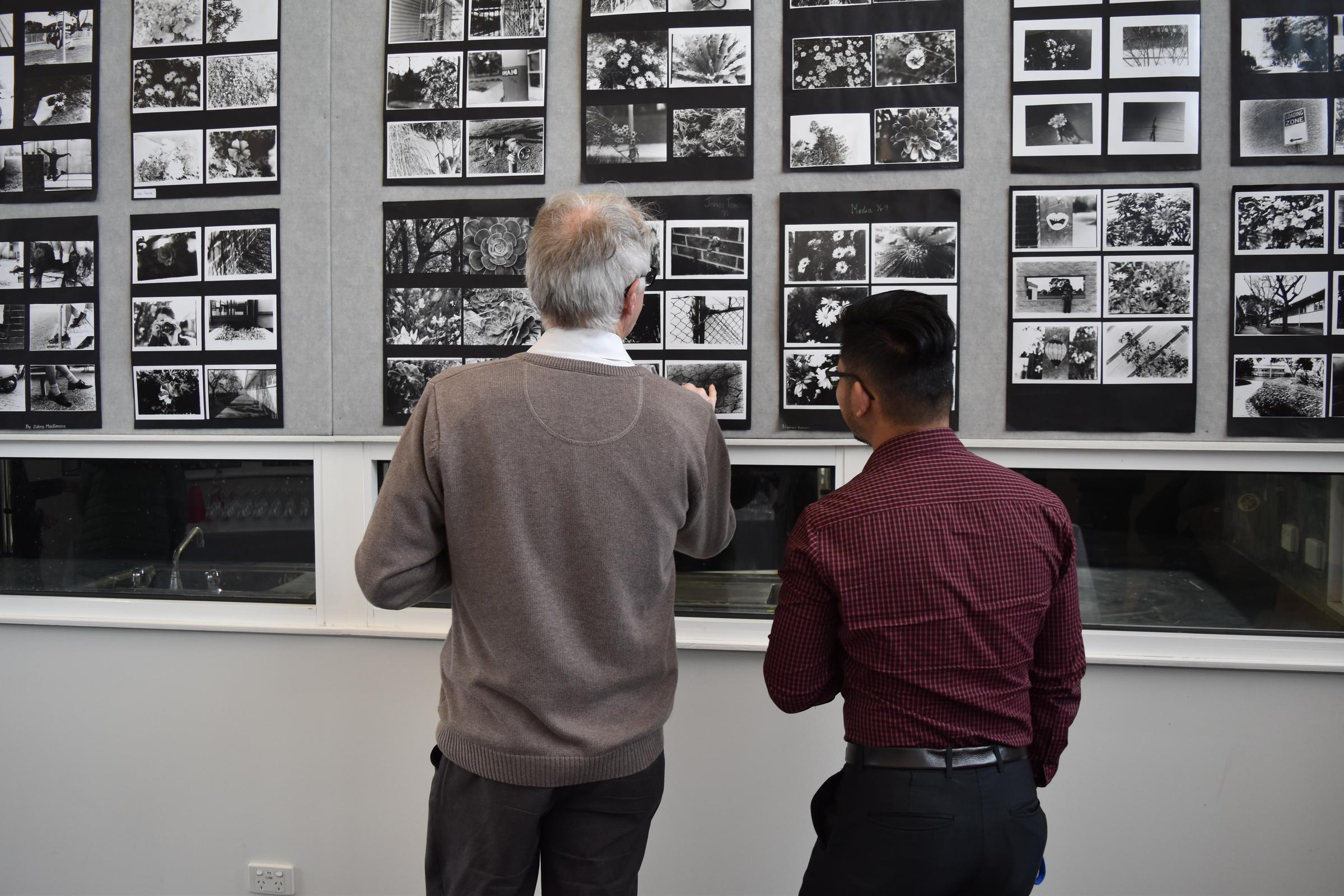Media

Unit 1: Media forms, representations and Australian stories
This unit focuses on the study of the implications of media technology for the society and the individual. Students develop practical and analytical skills in the construction of media products.
On completion of this unit students should be able to:
- Explain how media representations in a range of media products and forms and from different periods of time, locations and contexts, are constructed, distributed, engaged with, consumed and read by audiences.
- Explore ideas and develop media productions; evaluate how the characteristics of their selected media forms, which they design and produce, influence the representations and construction of the productions.
- Analyse how the structural features of Australian fictional and non-fictional narratives in two or more media forms engage, and are consumed and read by, audiences.
Unit 2: Narrative across media forms
In this unit students further develop an understanding of the concept of narrative in media products and forms in different contexts.
On completion of this unit students will be able to:
- Analyse the intentions of media creators and producers and the influences of narratives on the audience in different media forms.
- Apply the media production process to create, develop and construct narratives.
- Discuss the influence of new media technologies on society, audiences, the individual, media industries and institutions.
- Students will be responsible for purchasing some of their own materials where the requirements extend beyond the supplies and equipment loans provided by the school.
Unit 3: Media narratives and pre-production
In this unit students explore stories that circulate in society through media narratives. They consider the use of media codes and conventions to structure meaning, and how this construction is influenced by the social, cultural, ideological and institutional contexts of production, distribution, consumption and reception. Students assess how audiences from different periods of time and contexts are engaged by, consume and read narratives. Students use the pre-production stage of the production process to design the production of a media product for a specified audience.
On completion of this unit students will be able to:
- Analyse how narratives are constructed and distributed, and how they engage, are consumed and are read by the intended audience and present day audiences.
- Research aspects of a media form and experiment with media technologies and media production processes to inform and document the design of a media production.
- Develop and document a media production design in a selected media form for a specified audience.
Unit 4: Media production and issues in the media
In this unit students focus on the production and post-production stages of the media production process, bringing the media production design created in Unit 3 to its realisation. Students also explore the relationship between the media and audiences, focusing on the opportunities and challenges afforded by current developments in the media industry.
On completion of this unit students will be able to:
- Produce, refine and resolve a media product designed in Unit 3.
- Discuss issues of agency and control in the relationship between the media and its audience.
- Analyse and present arguments about the nature and extent of media influence.
- Students will be responsible for purchasing their own materials where the requirements extend beyond the basic supplies and equipment loans provided by the school.
